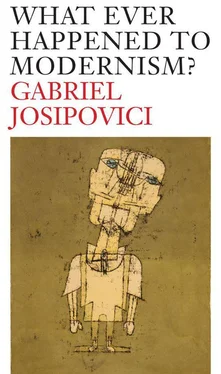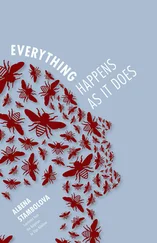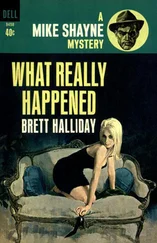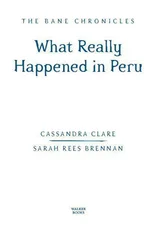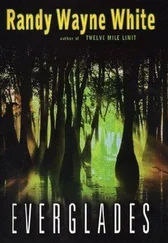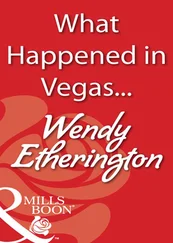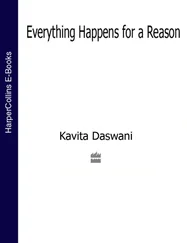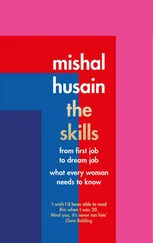One of the great strengths of Clark's book is that he understands (as I perhaps have been slow to do here) that even if there is a single story of Modernism it cannot be told in purely linear fashion — hence his subtitle. Writing about episodes in a history of Modernism, he is free to explore a whole web of stories rather than trace any linear sequence, and thus to restore a sense of history as being made — by artists, by events — rather than simply lived out, that the blindalleys down which artists have gone at certain periods of their lives are as important as their achieved successes, and that different responses are called for in pre-First World War France, in post-Revolutionary Russia and in America after the Second World War.
Though I have borrowed the notion of the false friends of Modernism from him to describe those who purport to be its champions but who in fact distort and mislead, I have applied it to a different group of people. For Clark the false friends are those like Greenberg and Herbert Read who, in the 1950s, were Modernism's most passionate advocates.
Even at the time it was chilling to see Greenberg's views become an orthodoxy. What was deadly, above all, was the picture of artistic continuity and self-sufficiency built into so much modernist writing: the idea that modern art could be studied as a passing-on of the same old artistic flame (…) from Manet to Monet to Seurat to Matisse to Miró…
He would have found a parallel in literary studies during that same period, though rarely articulated with the passion and elegance of Greenberg and Read. There Eliot, Proust and Virginia Woolf were co-opted into an essentially Christian discourse which stressed the redeeming powers of art and so, in like manner, blunted the anguish and often despair of these writers, and thus distorted their achievement. Today such readings seem not merely inadequate, but quaint. On the other hand, as I have suggested, Modernism is never short of false friends, whether in the guise of fervent American deconstructionists or coolheaded English poets and novelists.
One of the great strengths of Clark's book is the intensity with which he questions the art he is dealing with: it matters . As a result his book is full of brilliant aperçus . Two that chimed particularly with my own explorations here are, first, his comparison at one point of Pissarro's Two Young Peasant Women of 1892 with the exactly contemporary popular painting by Jules Breton, June . The latter presents us with an idealised scene of country folk at rest for us to gaze at in comfort: this is June in the countryside as we would like to imagine it. In contrast, in the Pissarro ‘we could worry endlessly about the peasants' actual poses, and the distance between them, and where the ground plane is; but of course the painting does not offer us sufficient clues to answer these kinds of questions, and does not mean to. It means us to be in limbo. We have to come in close — too close to get the whole picture.’ This is precisely the kind of contrast I was trying to establish between Némirovsky's treatment of the events of May 1940 and Claude Simon's. The difference is that no-one today would make any claim for Jules Breton but Némirovsky is compared to Tolstoy.
The second passage that struck a particular chord with me was Clark's discussion of what Picasso was up to in the summer of 1910 at Cadaqués. Picasso felt that the work he did in that period was a failure, not, Clark suggests, because he didn't get very far in his explorations, but because he got too far:
Picasso was the last person to want, or perhaps to see how, to pursue the Cadaqués solution to its logical conclusion (Mondrian being the first). Therefore he changed course. He made his way back to the world of phenomena. He put together a great counterfeit of everything that had, at Cadaqués, evaporated under his brush.
I have followed Krauss in seeing the moment in which Picasso looked into the abyss of abstraction and then drew back as coming two years later, in the autumn of 1912, but the precise moment is not important, and the fact that Clark comes to the problem from so very different a starting point only reinforces my feeling that the shape of the argument is essentially correct and, again, can be applied across the arts: I suggested that Robbe-Grillet, faced with a similar moment, slipped over into the world of abstraction (which was also, for him as for Duchamp and his friends in 1913, the world of both commercial assembly-line production and of pop).
Where I part company with Clark is in his nostalgia for an art that will be both accepting of its contingency and yet public. That is why David means so much to him, and the work that Malevich and Lissitzky did together in Vitebsk in the early years of the Russian Revolution. That is why Cubism, that joint venture of Picasso and Braque, is seen by him as one of the heroic moments of Modernism. It is to this idea that he, invoking Wallace Stevens in his title, bids a reluctant farewell. Though rightly suspicious of the danger of being ‘dazzled by old men musing on the days of their youth’, he quotes what Picasso is reputed to have said to Françoise Gilot about those years and how they came to an end: ‘As soon as we saw that the collective adventure was a lost cause, each one of us had to find an individual adventure. And the individual adventure always goes back to the one which is the archetype of our times: that is, van Gogh's — an essentially solitary and tragic adventure.’
Clark is profoundly suspicious, in what sometimes seems to me a very Marxist way and sometimes a very English way (let us say an English Marxist way), of what Walter Benjamin called ‘aura’, the resonance of a work of art or a fragment of the world at a particular moment, for each of us. He calls it ‘coquetting with the unknowable’, while Julian Barnes would call it ‘believing in baa-lambs and hedgerow-blossoms and human goodness’. Not for them Wordsworth's ‘deep inland murmur’ or Proust's sudden access of joy at eating the madeleine or feeling the uneven paving-stones beneath his feet. My own temperament and background being different, I am deeply moved by those passages. I think of Modernism as that paradox, a tradition of those who have no tradition. And it does not seem to me that this is wholly tragic. Merleau-Ponty's reflections on Cézanne and Francis Bacon's remarks to David Sylvester help point the way: neither illustration nor abstraction but the daily struggle of a dialogue with the world, without any assurance that what one will produce will have value because there is nothing already there against which to test it, but with the possibility always present that something new, something genuine, something surprising, will emerge.
And here Rosalind Krauss's explorations of Picasso and pastiche become seminal. Her argument, if I understand it correctly (for she likes to play with possibilities rather than committing herself to a viewpoint, feeling, rightly, that too often to pin down is to distort), is this: Adorno, in his Philosophy of Modern Music , so presented his case that Schoenberg was seen as the necessary culmination of a century of musical striving, while Stravinsky, his great rival, was seen as having sold out to fashion and bourgeois comfort in the years immediately following the First World War, with the invention of a ‘classicism’ which merely plundered the past, magpie fashion, for whatever would suit his current needs, producing in the process music that was superficially attractive but was in the end merely opportunist. In the same way, Krauss suggests, John Berger makes the case against Picasso, arguing that when, after the war, his art no longer reflected social conditions, it lost itself in a flurry of brilliantly executed pastiches. In both cases, interestingly, Cocteau is the social butterfly who, in real life, leads the artist to betray his calling. But, asks Krauss, what if pastiche were not something modern art could simply eradicate in an access of purity but its dark shadow, the trap into which it was and is always likely to fall if it is to remain true to its calling? It is the purists like Adorno and Berger who have got it wrong, she implies; we cannot simply slice through Modernism in this way; each artist, each work even, must be judged separately and in its own terms, within the larger story of which each is a part. This means that argument and disagreement will never end, which is as it should be. I may feel that Chagall grew soft and vacuous after fifteen or so glorious years, but others may disagree. Our disagreement will have in the end to recognise what we each of us take the story of Modernism and even the story of art, or perhaps even the story of the world, to be, but none of these entities is fixed. They could always persuade me or I them, or further reading or viewing will persuade me, that I need to rethink. Randall Jarrell, in a famous essay on Wallace Stevens's Collected Poems , recounted how, when Stevens was publishing the great poems of his late middle years, Notes Toward a Supreme Fiction and An Ordinary Evening in New Haven , he, Jarrell, had taken him to task for becoming verbose and over self-conscious, but that now, with the evidence of the late poems before him, he had to admit that those miraculous works would never have come into being had it not been for the poetry of the middle years. In other words, the poet knew best, even if what he knew was hidden even from himself. The same may be true of Hockney; only time will tell. But of course that does not mean that the critic who admired the early Hockney should not lament what he sees, at present, as the taking of too many wrong turns, even if in the end he has to eat his words. And what does ‘in the end’ mean here? Even death may not bring an end to debate. Mallarmé can talk of eternity changing Poe into the being he always, essentially, was, but how we evaluate Poe (or Bacon or Stockhausen) will never be resolved once and for all. Donne remained an interesting minor poet till Eliot showed us how to read him.
Читать дальше
